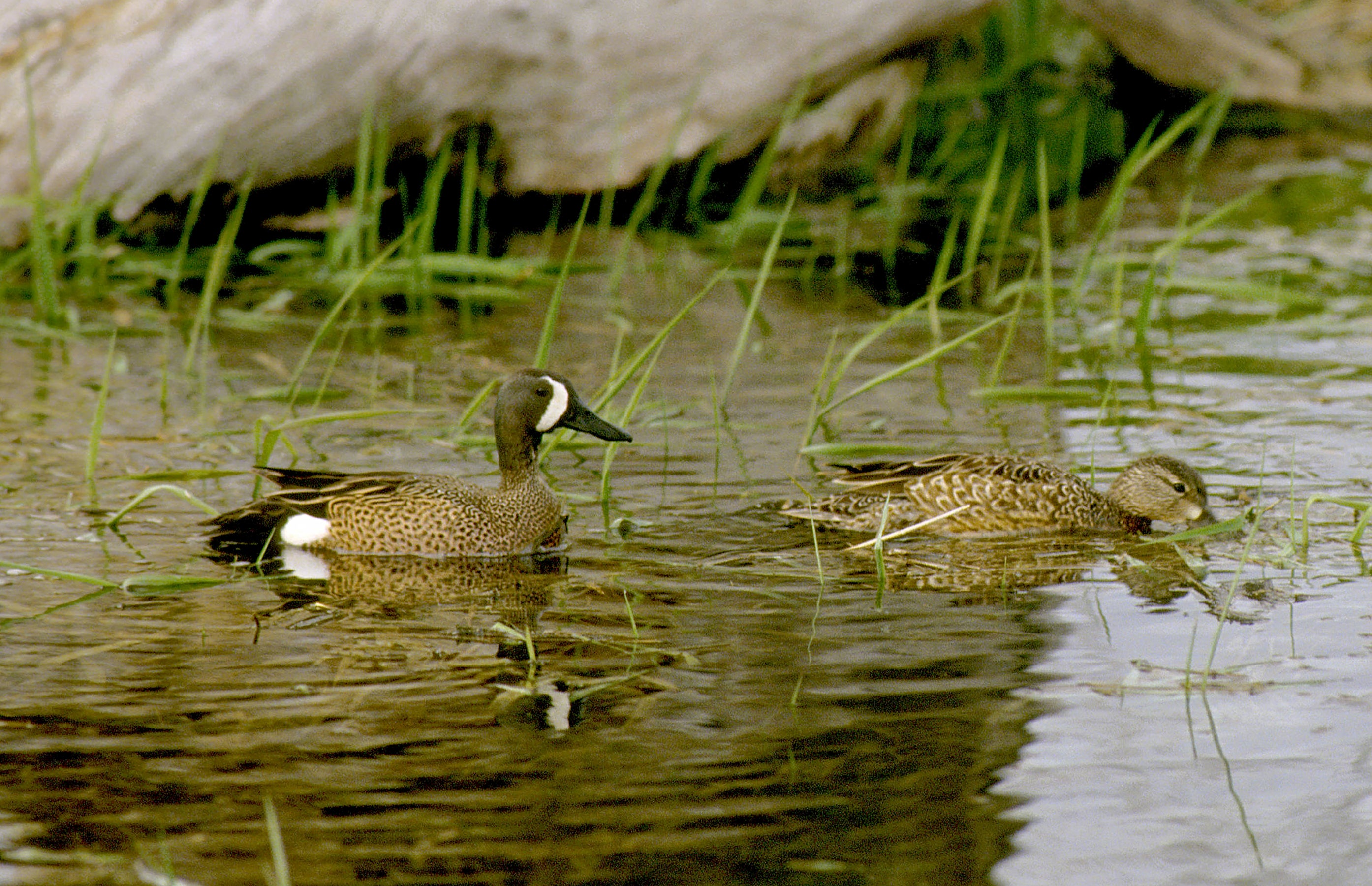By DAVID RAINER, Alabama Department of Conservation and Natural Resources
Although overall duck numbers are up in the latest Waterfowl Breeding Population and Habitat Survey, those waterfowlers who hunt the special teal season better plan to take full advantage of this year’s early season of 16 days, set for September 14-29.
Seth Maddox of the Alabama Department of Conservation and Natural Resources’ (ADCNR) Wildlife and Freshwater Fisheries (WFF) Division said this year’s survey indicated a downturn in blue-winged teal numbers, and the 2025 special teal season will be trimmed to nine days.
“The one that kind of hurts is that blue-winged teal are down by 12%,” said Maddox, WFF’s Assistant Chief of the Wildlife Section, who serves on the Mississippi Flyway Council. “What that does is it kicks us into a different framework and a lower number of days for teal season in 2025. We set the frameworks for seasons and bag limits a year in advance. So that means in September of 2025 we’ll have a nine-day teal season because those teal numbers are down.”
Maddox said setting the early teal season is a tricky situation because the migration greatly depends on weather. The daily bag limit during the early teal season is six birds per person. Hunting hours are one-half hour before sunrise to sunset.
“When you only have a handful of days to do it, you don’t really know when the migration is going to come through,” he said. “We try to set the early season to have the best chance of success. In a 16-day season, you might have a good three or four days of hunting during a period of high migration, but, when you crunch that period down to nine days, you struggle to know where to put those in the season to take advantage of the conditions. Is there a weather front that is going to push the birds down? When we start getting that first cool air, they’re a small duck so they’re getting out of the prairie. With any type of weather change, they are getting on the move and end up in South America. If we don’t get something to move the ducks, we may miss the migration. In addition, we are setting these state seasons six months in advance of the opener.”
Another factor that influences waterfowl migration is the available water on the landscape, and Alabama needs significant rain to expand the waterfowl habitat.
“It’s been so dry that there’s no sheet water on the landscape,” Maddox said. “The ducks will be concentrated on the rivers and reservoirs and backwaters if we don’t get any rainfall real soon. And it’s going to have to be a significant rain because all the ag fields are so dry they’re just going to soak any rain right up.”
The U.S. Fish and Wildlife Service and Canadian Wildlife Service conduct aerial breeding surveys in May and June of each year to estimate the number of breeding ducks and the condition of the principal breeding habitat in North America. The survey includes 19 North American ducks, Canada geese, coots, and swans.
“The survey is up 5% in total ducks from last year,” Maddox said. “The number of ponds on the landscape was up 4%, which is a good turnaround. If you look at the different species, it’s kind of up and down.”








